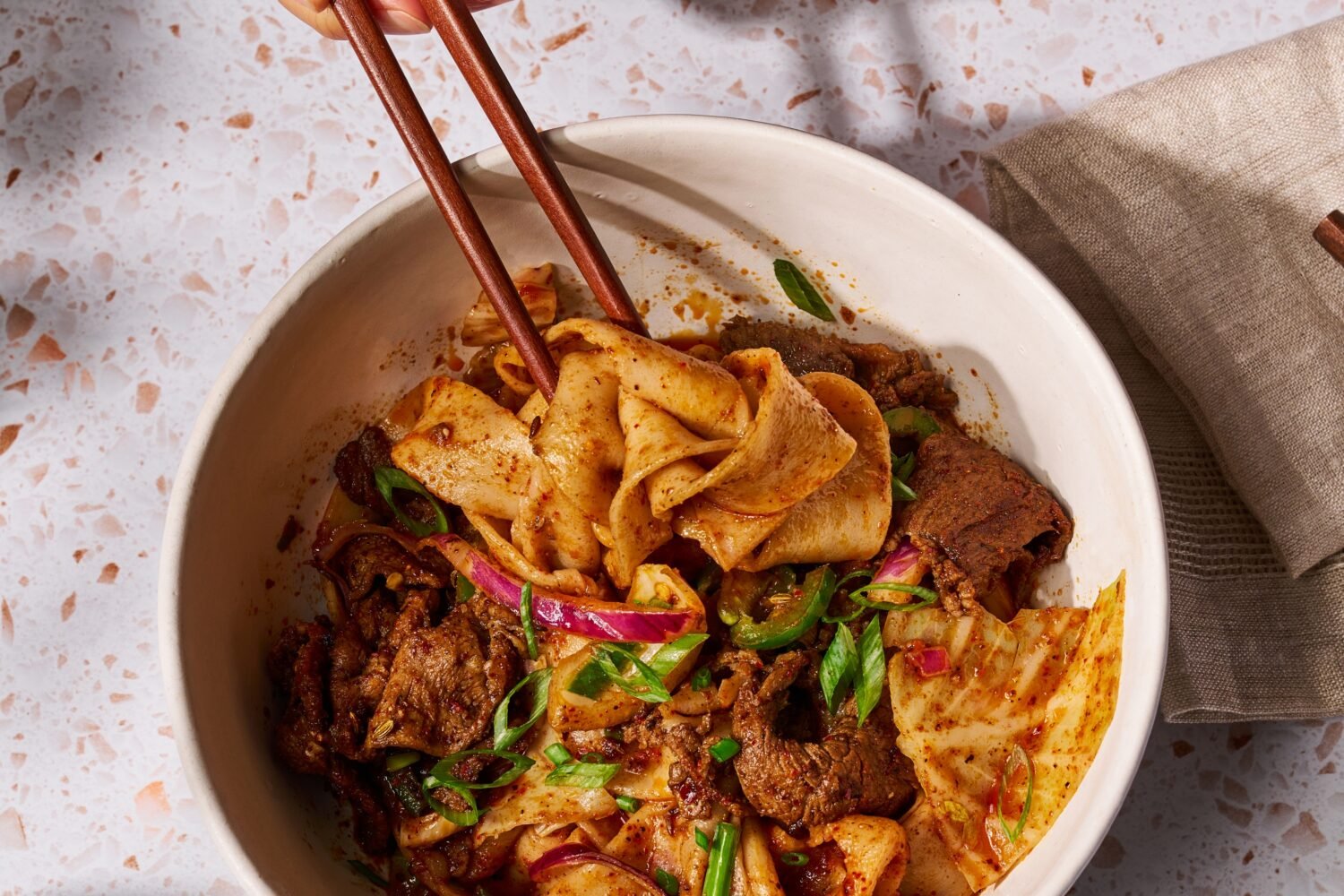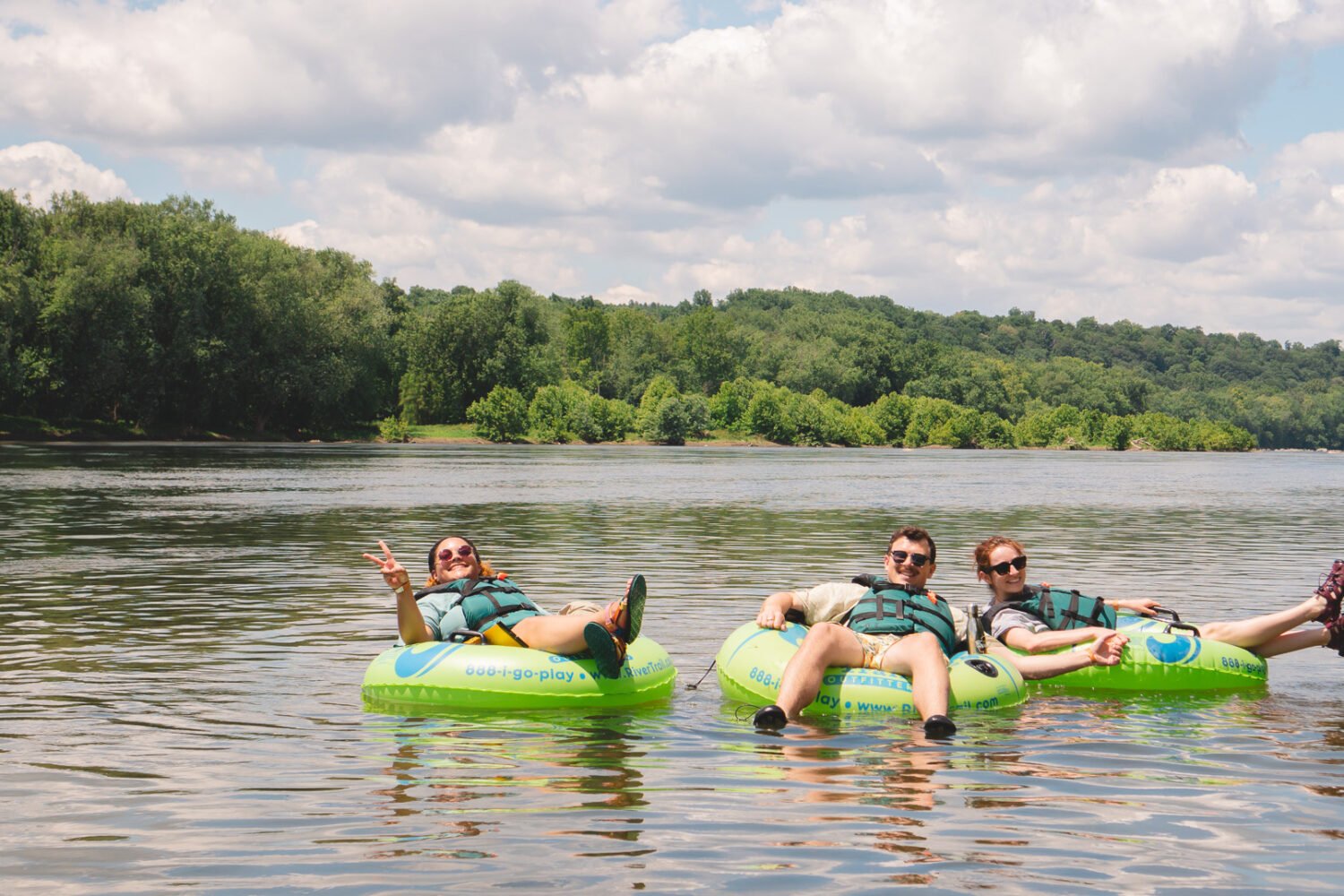Barbecue is a countrified undertaking at its core, so perhaps it’s not surprising that the best tends to turn up in the least trafficked places. If the prospect of smoky, pink-ringed meat makes you tremble with something like lust, then you probably already know to head for the proverbial hills. To Johnny Boy’s Ribs in La Plata for a sandwich piled thickly with char-flecked threads of pork butt and doused with Mama Sophie’s red sauce. To Chubby’s in Emmitsburg, outside Gettysburg (owner Tom Caulfield claims he can make the drive from his house in Chevy Chase in just under an hour), for gorgeous ropes of 14-hour-smoked pulled pork. To KBQ in Bowie for owner Kerry Britt’s spice-rubbed ribs, prepped in a portable smoker in back of the strip-mall restaurant, then finished on the grill. To Dixie Bones in Woodbridge for mouth-watering, fall-off-the-bone chicken.
Now comes the hotly anticipated Hill Country to disprove the notion that good ’cue is somehow synonymous with country shacks. With great fanfare it set up in the heart of DC’s Penn Quarter amid trendy cafes, wine bars, four-buck cupcake stands, even a chocolate lounge. And if that makes barbecue purists skeptical, they’ll likely be alarmed to learn that Hill Country comes to DC from New York—it’s a little like telling a bagel lover that a Jewish deli from Corpus Christi has just hit town.
At first glance, Hill Country plays into the stereotypes common in attempts to translate a backwoods vision to the big city. From the folksy signs (“Y’all come back soon”) to the weathered-looking floors and walls, the cavernous space feels a little canned—a Texas roadhouse as interpreted by Disney World.
The best feature is the least contrived—the whiff of hickory smoke you get after you walk through the door, a sweet perfume emanating from the pit in the back.
Hill Country is named for a region of central Texas where the terrain is rugged and barbecue is not merely a meal; it’s a fightin’ word. When Texans speak of barbecue, they don’t mean ribs or pulled pork; they mean beef—brisket that’s been dry-rubbed and cooked low and slow over an open pit or in a smoker, a legacy of the Germans who flocked to the area in the 19th century. At Hill Country, the strong-armed dudes who man the smokers are a blur of motion—hacking big slabs of meat into manageable pieces, then piling them onto sheets of butcher paper. Spotlighted by the heat lamps, the slices of brisket glisten. Stand there and try not to salivate.
Hill Country serves its brisket two ways: “lean” and “moist.” The latter, a synonym for fatty, is brisket at its best—tender, rich, with a deep-pink hue that points to a thorough penetration of smoke and with a nice, thick bark. Good barbecue doesn’t need sauce, and this one doesn’t. (It could stand less salt, however.)
Nothing else approaches its magnificence. The “lean” is good, particularly if you wolf it down (after ten minutes, it dries out), and I loved a link of sausage from the renowned Kreuz market in Lockhart, Texas—fine-grained, well spiced, with a pronounced pop in the casing. A Cornish hen, cooked in the beer-can manner advocated by some grillmasters, is tasty if not memorable; the regular barbecue chicken, however, is close to perfect. Long, pink slices of prime rib and beef shoulder might make fine sandwiches, if they were offered that way, but they can’t touch the brisket for richness of flavor or juiciness.
The ribs are the biggest disappointment—they’re epically sized, but as often happens with overlarge ribs, flavor turns out to be in inverse proportion to scale. Twice I tried the pork ribs, and twice I struck out: The thick, meaty side was tender and juicy, while its opposite was dry. And there was a lingering aftertaste akin to liquid smoke.
Of the seven sides I’ve tried, the best are the pickled sliced cucumbers, crunchy and full of vinegary bite. The bourbon-spiked sweet potatoes and bacon-laced collards are nearly as good. The potato salad is fine. The campfire-style beans had too strong a splash of Southern Comfort the night I ordered them.
Everything is ordered cafeteria style, with staffers checking off boxes on meal cards. Table service amounts to a server fetching drinks. Amid the excitement of all that meat on the table and the club-like atmosphere, it’s easy to forget that Hill Country isn’t cheap. You can buy any of the meats à la carte or order one of the packaged meals. Both are expensive. One of the meals with a variety of meats and sides is advertised as being a meal for two; it costs $49 and probably could feed three. À la carte means buying by the pound; the “moist” brisket, for example, goes for $22 per. I took a couple of friends for lunch one day—one beer, one iced tea, a mound of meat, and three sides, and we came in at just under a hundred bucks with tax and tip.
“I reckon that’s, what, about twice as expensive as any other barbecue place around?” my Texas friend surmised as we stood in line to pay. The system is meant to streamline things for the restaurant, but it complicates things for the diner. One night I stood in line nearly five minutes waiting to reach the cashier, then stood for another five as she shuffled through four meal cards tallying up all the check marks and determining my bill.
I can think of one advantage to standing that long afterward, but only one: It helps the meat to settle.
This article appears in the June 2011 issue of The Washingtonian.











